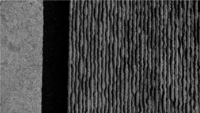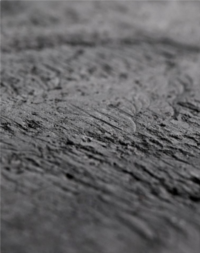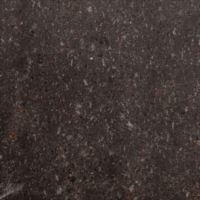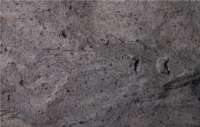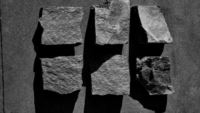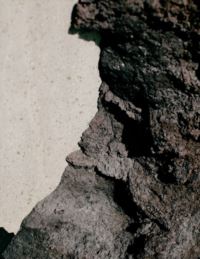Which Rock Fits Your Design Vision?
Selecting between lava rock and river rock ultimately depends on aligning their specific properties with your project requirements and aesthetic preferences. Contemporary designs featuring clean lines, architectural elements, and bold contrasts often benefit from lava rock's distinctive texture and strong visual presence. The material complements modern structures and minimalist plantings particularly well, creating cohesive design statements.
For projects seeking natural tranquility and established character, river rock often provides the ideal solution. Its association with waterways and natural processes creates immediate sensory connections to established landscapes. Designs inspired by Asian garden traditions, naturalistic plantings, or traditional architecture frequently incorporate river rock to enhance authenticity and sense of permanence.
Practical considerations should influence your selection as well. Climate factors may favor one material over another—lava rock's excellent drainage and thermal properties make it particularly valuable in regions with temperature extremes or heavy rainfall. Maintenance preferences matter too; lava rock typically requires less frequent replacement or redistribution than river rock in many applications.
The specific application within your landscape should guide material selection. For decorative mulch areas receiving minimal foot traffic, either material works well, with lava rock providing better weed suppression and river rock offering greater stability. Pathways and high-traffic zones generally benefit from river rock's smoother texture and stable positioning. Water management features like dry creek beds visually align better with river rock, while contemporary fire features showcase lava rock's natural advantages.
Combining both materials creates interesting design possibilities that leverage the strengths of each. Consider using river rock in pathways and transitional areas while employing lava rock in planted beds and architectural features. This thoughtful integration allows each material to serve its optimal function while creating visual interest through textural contrast.
Both lava rock and river rock offer distinctive benefits for landscape and design applications. Understanding their fundamental differences in texture, appearance, geological origins, and functional properties allows for informed selection that enhances project outcomes. Whether you prefer the bold, contemporary presence of volcanic materials or the smooth, timeless quality of water-worn stone, Ranieri Lavastone appreciates the importance of selecting materials that perfectly align with both practical requirements and aesthetic vision.
